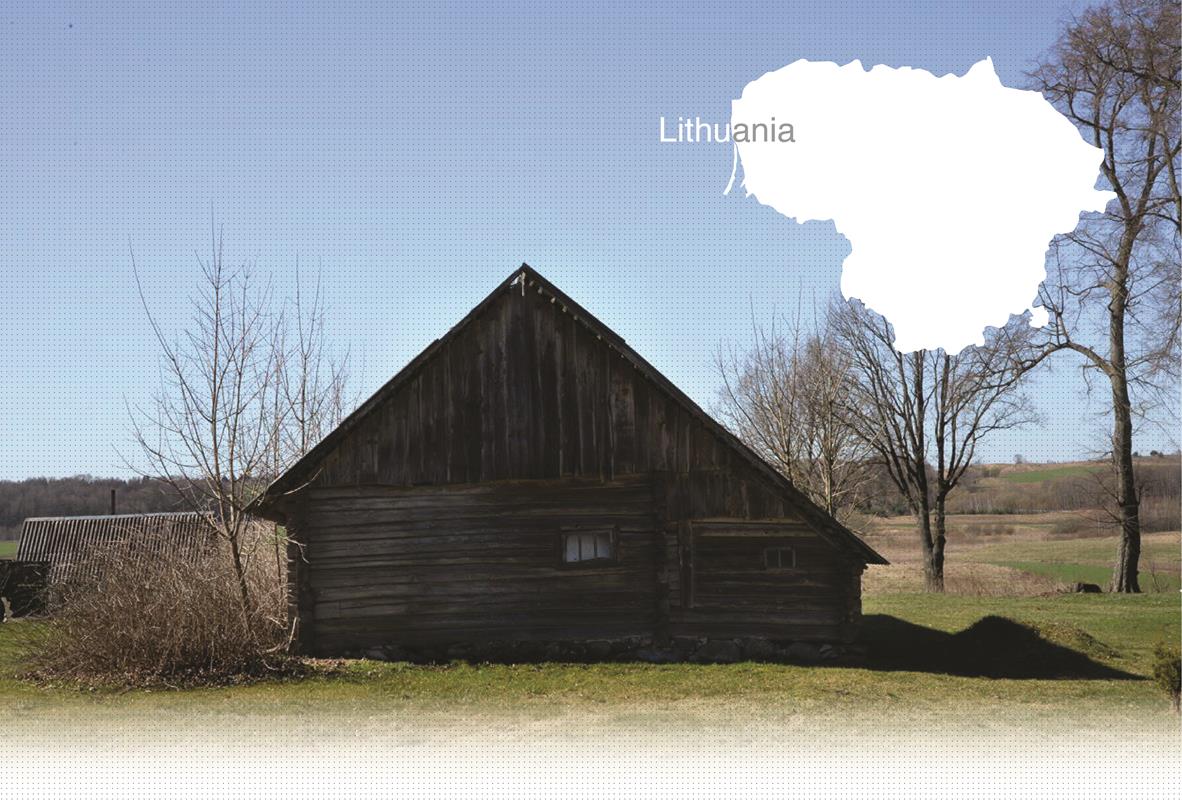

2 Killing site(s)
Bronius M., born in 1920, recollects during the interview: “I went there, on my bicycle with my friend, to watch the shooting. I was scared and didn‘t go there again afterwards. Jews were brought from the town to the shooting site. Locals with carts were requisitioned to bring those who couldn‘t walk.” (Witness N°142, interviewed in Gėluva, on March 22, 2015)
“In August of 1941, I don’t remember the exact date, more than 1000 people were shot in Peshtine homestead near Krakės, although I don‘t know the exact number of the victims. The shooting was public, it was carried out during the day time on the market day. More than 200 people were witnesses of this shooting; they were watching it at a distance of 500 meters. [...] The shooting was carried out in groups of 50 and 70 people; first men, then children, women and the elderly were shot. The shooting lasted until the end of the day, that is until 4-5 PM. When all that was over, the head of the special squad ordered us to fill in the pits, and we did that.“ [Deposition of Jonas Z., born in 1894, Lithuanian, local farmer requisitioned to dig and fill in the pits, taken on November 11, 1944, RG-22.002M.7021-94/421]
The first Jewish residents settled in Krakės in the middle of the 17th century. They built three synagogues and other public institutions. Merchants and craftsmen developed the economy, while Jewish intellectuals fought for improving community life through numerous articles in the Jewish media. According to the 1897 census, 1090 Jews lived in the town, making up almost 60 percent of the total population. During WWI, the Jews of Krakės were deported to inland Russia. Many of them retuned after the war and rebuilt their lives. Folk Jewish Bank was established in the early 1920s and had 150 members by 1926. Of the 20 shops and businesses that were registered in Krakės in 1931, 18 were owned by Jews. About 80 students attended a Tarbut School. 470 Jews lived in Krakės at the eve of WWII. German forces entered the town several days after the beginning of the war.
Lithuanian activists seized power in Krakės just as the war broke out, days before the arrival of the German forces. They started hunting retreating Red Army soldiers and Soviet activists, among them Jews. Doctor Alperavičius and hairdresser Fridmanas are believed to have been the first Jewish victims in Krakės. They were arrested, brought to Kėdainiai and shot, together with a number of Soviet activists. In the first half of August, the Jews of Krakės were forced to move to one street which became a ghetto, surrounded by fence and barbed wire. Men were separated from their families, confined in a monastery and forced to perform various tasks. According to the documents of the local administration, 452 Jews lived in the ghetto on August 17, 1941. This number considerably increased by the end of the month, when Jews from Baisogala, Gudžiūnai, Grinkiškis and other surrounding villages were brought to the Krakės ghetto. All of its inmates were exterminated on September 2 in the village of Peštiniukai, 1,5 km from Krakės. According to the report of Karl Jäger, 1125 Jews were killed there in total. The execution was carried out by the 3rd Company of the 13th Lithuanian Self-Defense Battalion which arrived in Krakės for this purpose. Witnesses interviewed by Yahad also spoke of several isolated shootings that took place in the town before and after the mass execution.
 Read Yahad-In Unum’s report of the research trip in this area
Read Yahad-In Unum’s report of the research trip in this area
 Go to the LitvakSIG website, whose mission is to preserve Litvak heritage by discovering, collecting, documenting and disseminating information about the once vibrant Jewish community of Lithuania.
Go to the LitvakSIG website, whose mission is to preserve Litvak heritage by discovering, collecting, documenting and disseminating information about the once vibrant Jewish community of Lithuania.
Do you have additional information regarding a village that you would like to share with Yahad ?
Please contact us at contact@yahadinunum.org
or by calling Yahad – In Unum at +33 (0) 1 53 20 13 17